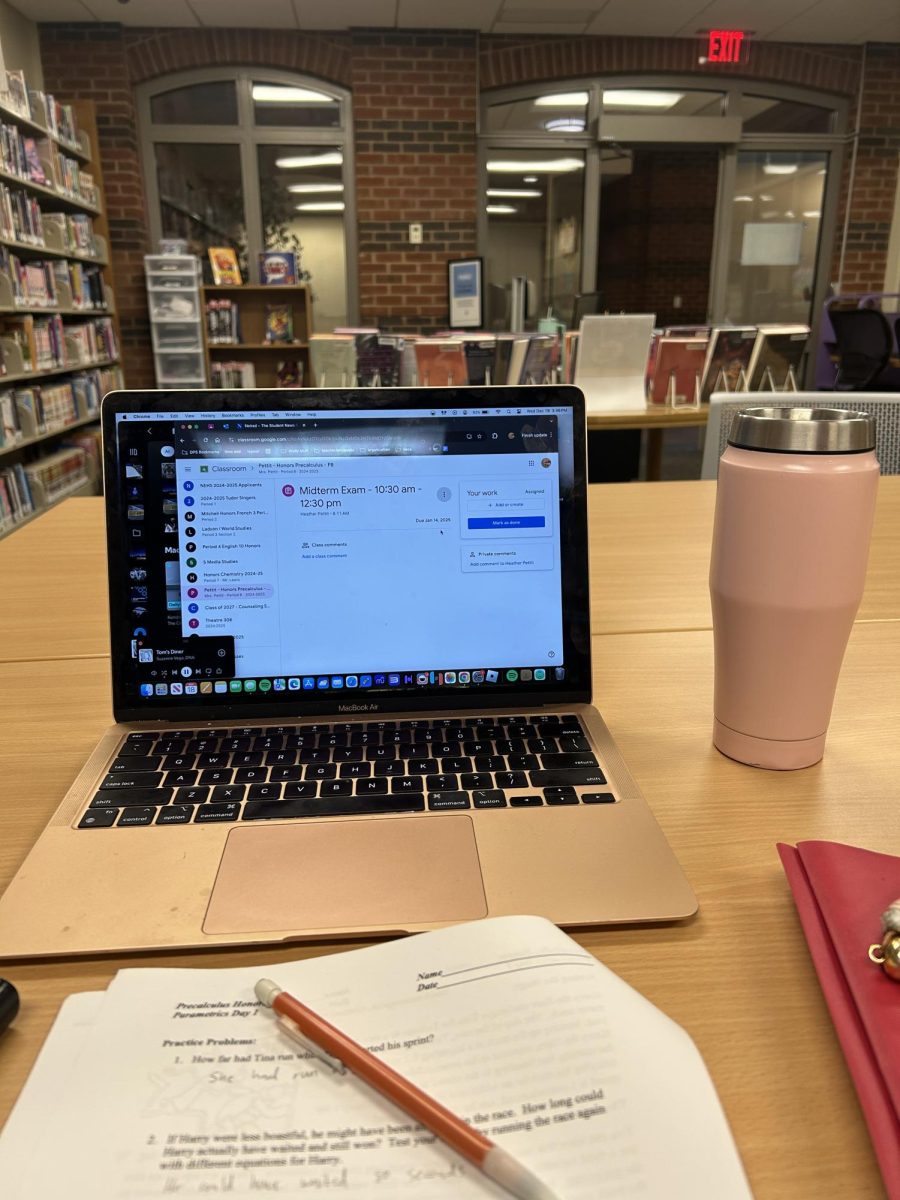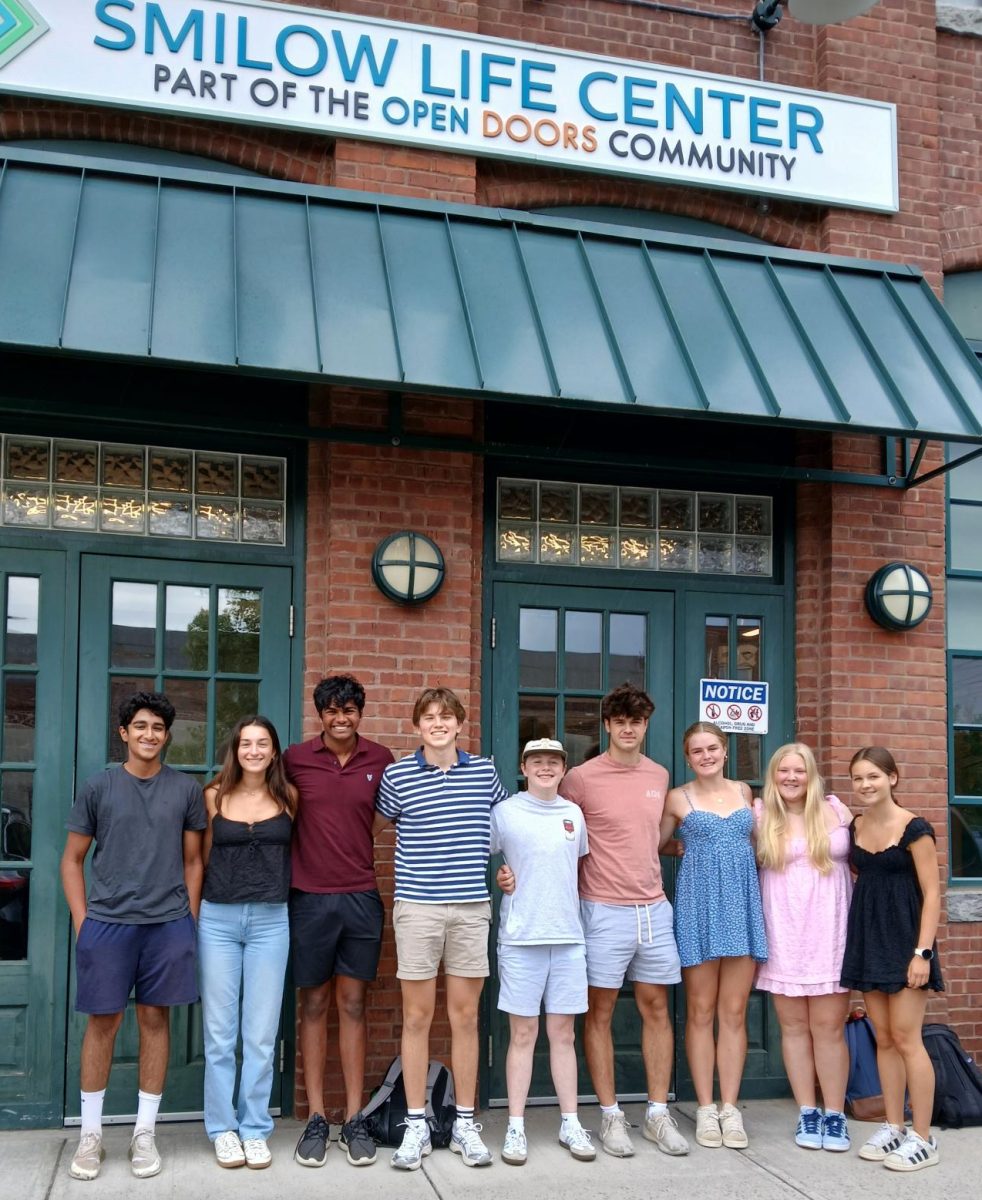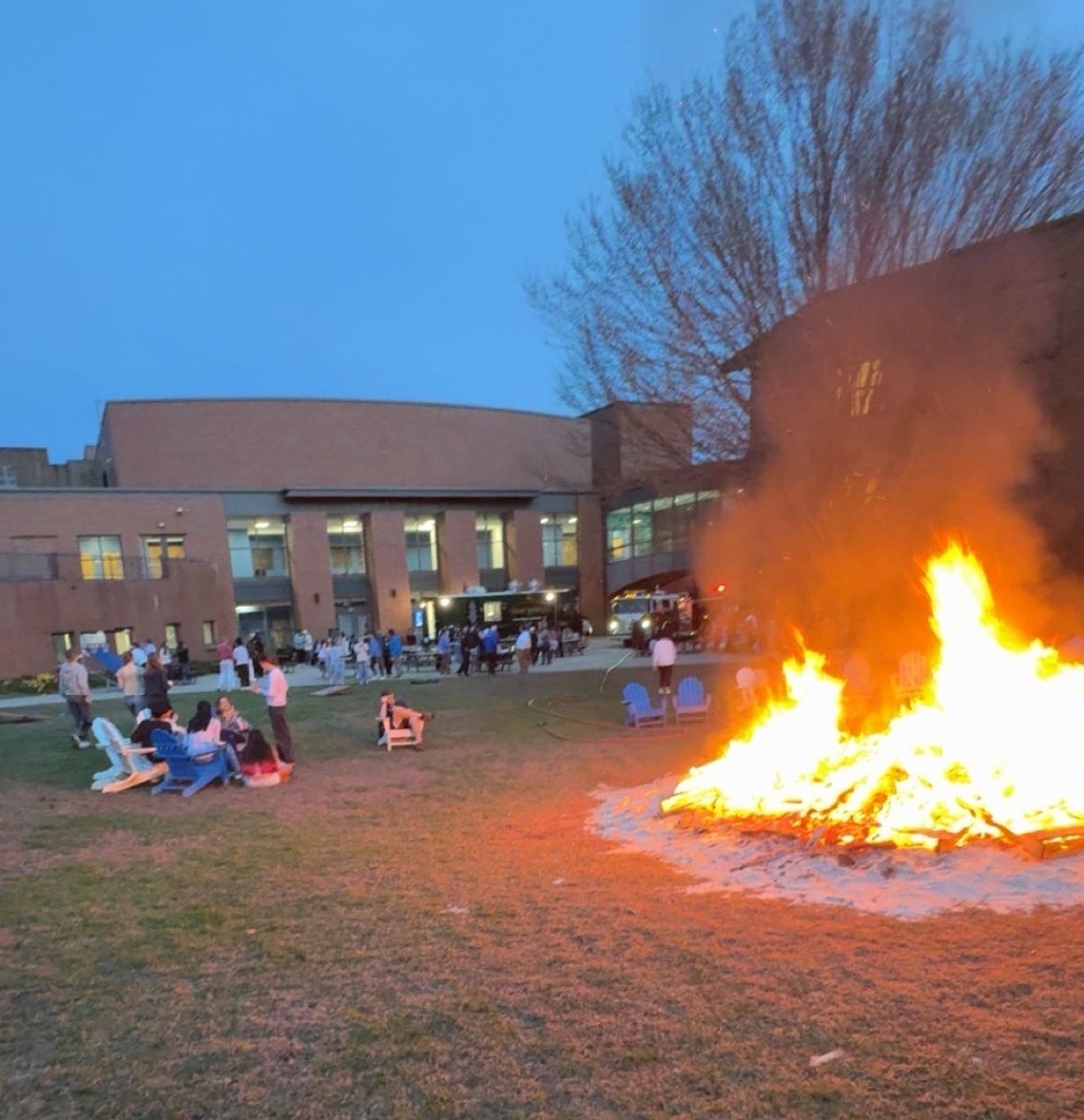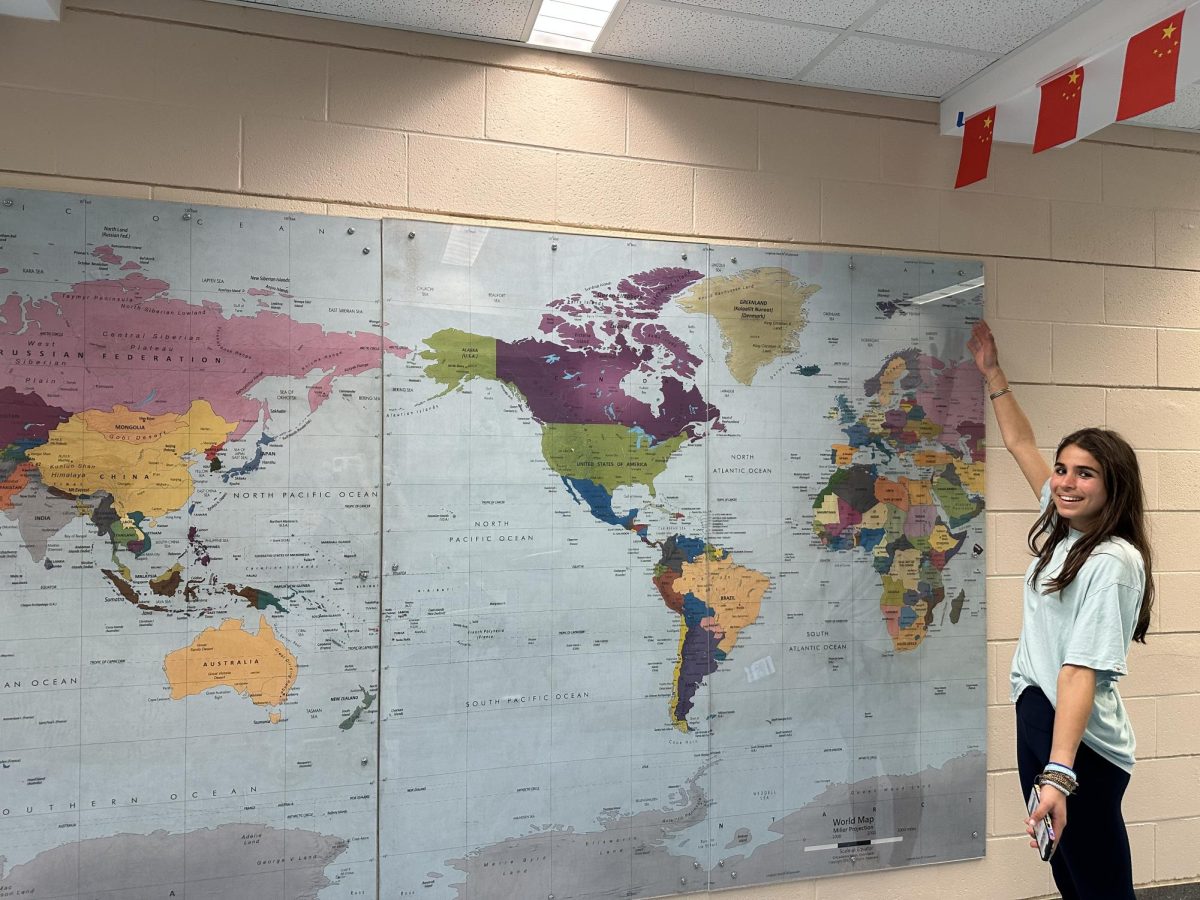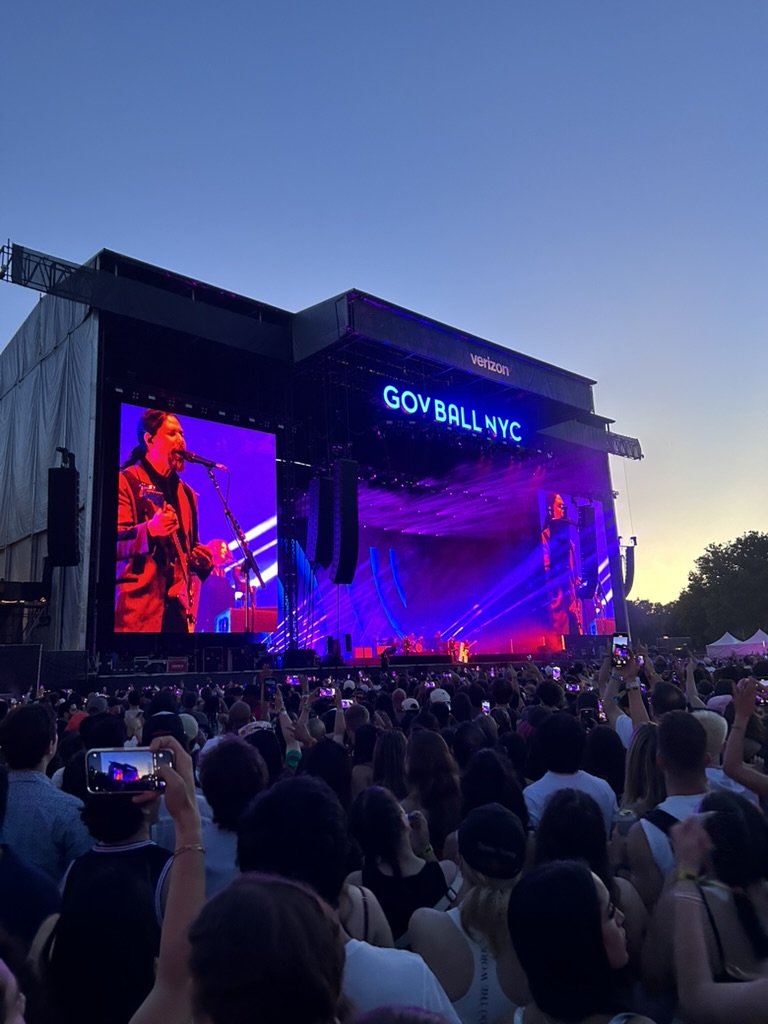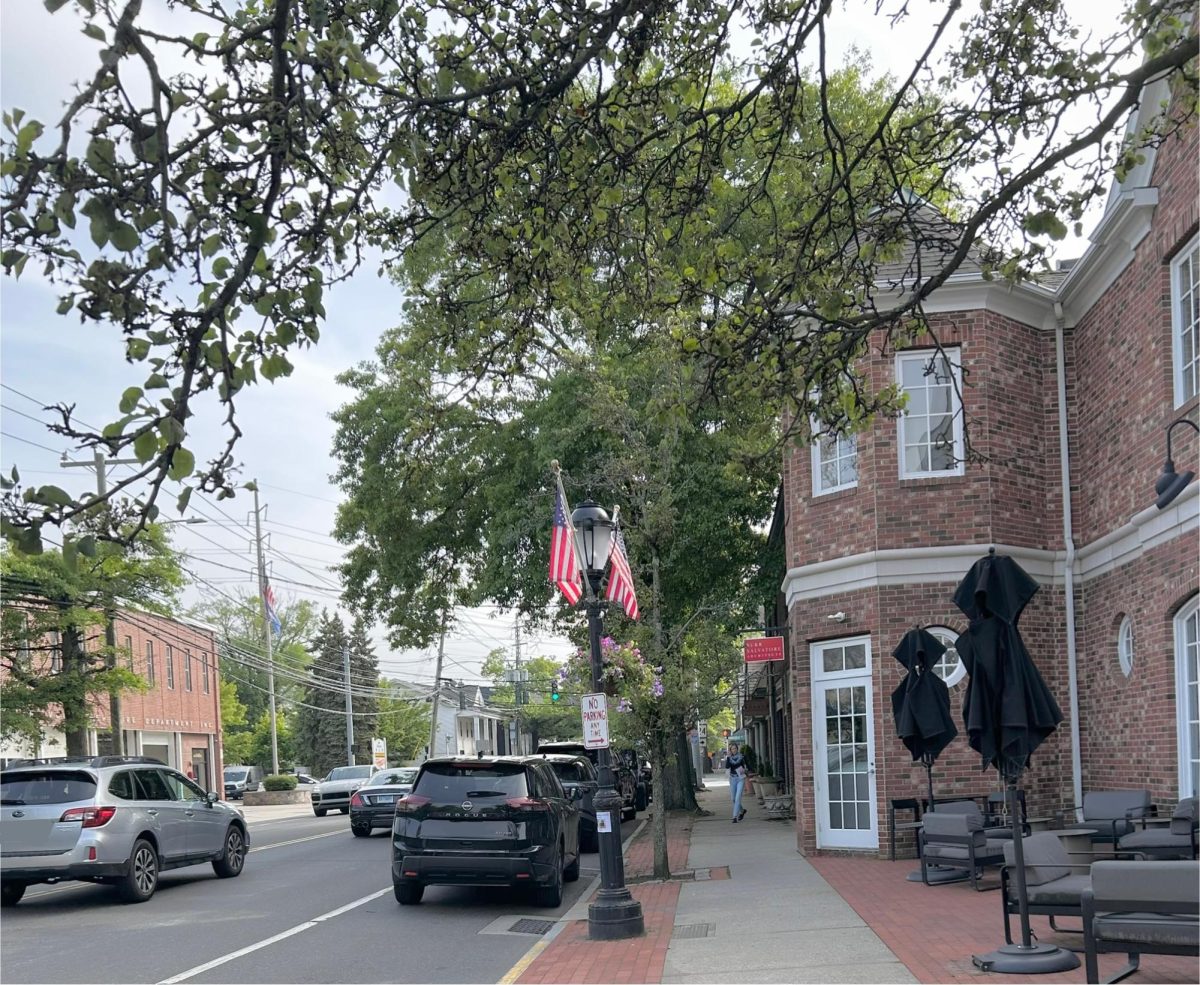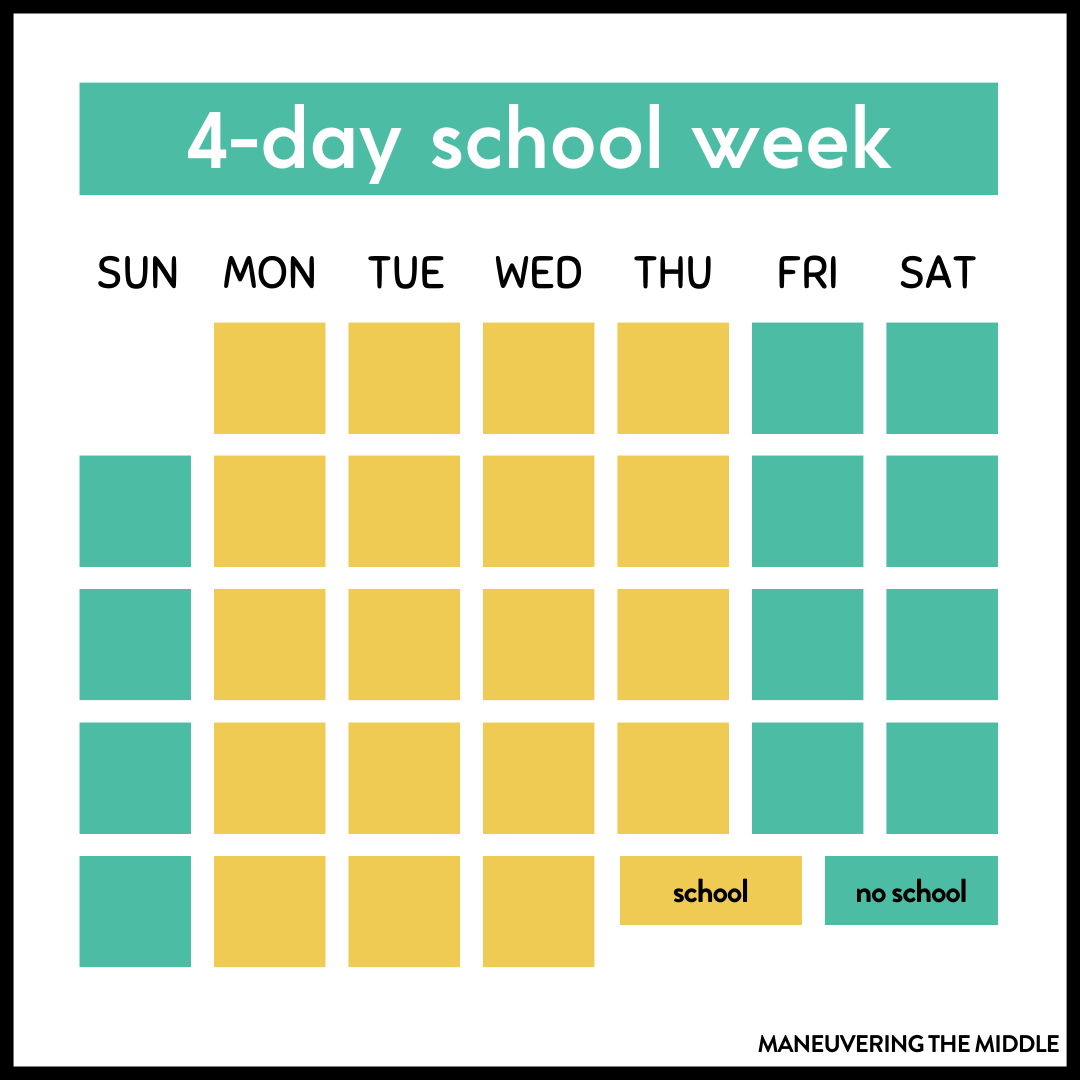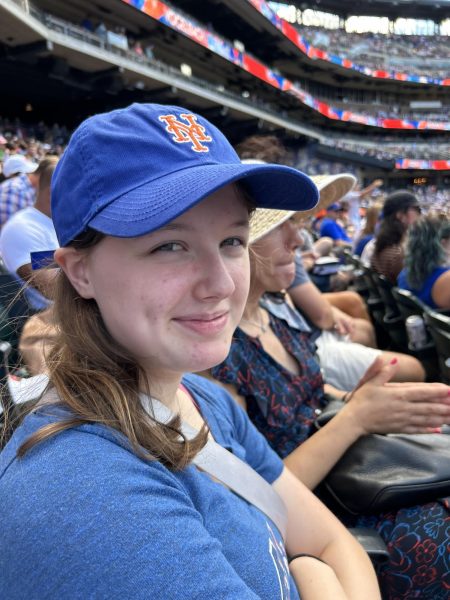As the new year rolls around and Winter break comes to a close, almost all students have one thing on their mind: midterms. With the midterm testing schedule spanning about 2 weeks, many students find themselves struggling find effective study methods—others may struggle to balance studying with personal time.
Since the new year can often be a chaotic and confusing time, I met with a few DHS students and staff members to see how they handle the workload and what kind of advice they have to offer.
First, I spoke with sophomore Julian Du, a student council member. For most students, websites like Knowt or Khanacademy are essential for studying. However, for him, the best way to study is usually through his own materials: “I mainly like to go back through class materials and notes to study. Reviewing those is usually pretty helpful” he said.
One of the most convenient parts of midterms is the schedule—”Leading up to the holiday break, the schedule really lightens up for midterms, which is very nice. The tests hopefully aren’t too stressful and you end up spending a lot less time at school during midterms” he said.
I also asked junior Cassy Medrano about her studying habits. “I usually do this system where I organize my material into topics, color-code them, write them down repeatedly, then memorize them out loud color by color.”
Everyone has that one subject that stumps them. For Cassy, hers was AP Environmental Science. She told me that the best way to tackle these kinds of classes was to thoroughly cover each topic until you completely understand it. “It’s only because of how much material there is to memorize and understand. Since it is an AP class, I plan to study unit by unit to make sure I understand everything” she said.
I had the opportunity to interview Ms. Heather Pettit, a math teacher at DHS. When asked how she prepares her students for midterms, she said, “I find it works best if students look through the material and attempt to complete the problems on their own prior to the in-class review days. That way, they can use the review days as time to get their questions answered as opposed to using them to attempt to complete the work.”
Finally, I spoke to DHS’s assistant principal, Ms. Allison Mullane. She emphasized the importance of striking the balance between school and personal life: “I think [students] should start studying well before the midterms start. I think planning out a schedule for studying is helpful during the exam time—you should definitely have breaks, eat, get exercise, hang out with family, or do whatever you find fun” she said.
So, what is the best way to study for midterms? The answer differs for everyone, but there are a few solid, reliable resources that can make your studying experience much more convenient and effective:
- Knowt (flashcards, study guides)
- Khanacademy (comprehensive articles, videos, and quizzes by subject)
- Crash Course (quick summary videos by subject)
- Organic Chemistry Tutor (science & math videos)
- Extra History (in-depth history videos)
- Class materials! Teachers will often post classwork and previous homework on Google Classroom.
Make sure to try out different study methods as well! Maybe you’re a social person, and seeing your friends being productive can inspire you to do the same—try to get together at the library or at a cafe to study together. Personally, I love going down to the Teen Lounge at the Darien Library. It’s a great comfy space to get your work done (it also has a whiteboard, perfect for math and chemistry homework).
In reality, midterm season looks different for everyone. However, it’s important to keep in mind that it’s only worth 10% of your grade. Study hard, do your best, and use the light schedule to your advantage. You’ve got this!

